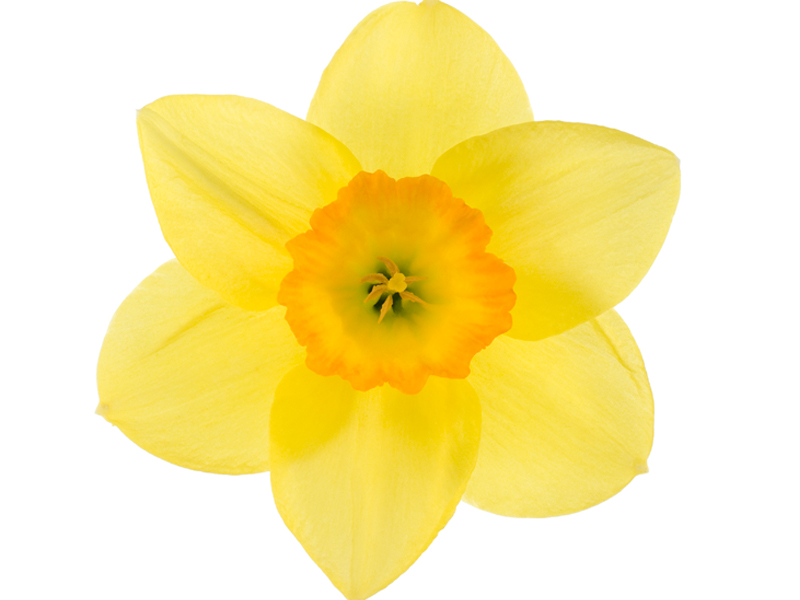Get Easy Health Digest™ in your inbox and don’t miss a thing when you subscribe today. Plus, get the free bonus report, Mother Nature’s Tips, Tricks and Remedies for Cholesterol, Blood Pressure & Blood Sugar as my way of saying welcome to the community!
9 beautiful but deadly plants to avoid this summer

You’re out for a walk in the woods. You spot a beautiful, flowering plant. You go up and sniff the flowers, even pick a few. Suddenly, you’re skin’s on fire. You rub your eyes. Now you can’t see!
Sound like a science fiction movie? Far from it.
There are attractive, flowering plants all around you, maybe right outside your door, that can cause you serious harm if you do anything but admire them from a distance.
As you enjoy the great outdoors this summer, avoid these nine plants at all costs!
Don’t touch!
Hogsweed. Towering to heights of up to 14 feet and bearing 20,000 seeds in a single plant, giant hogsweed grows in New York, Ohio, Pennsylvania, Maryland, Oregon, Washington, Michigan, Virginia, Vermont, New Hampshire and Maine.
You’ll recognize this member of the carrot family by its thick, wide leaves and umbrellas of white flowers.
Giant hogweed sap contains chemicals called photosensitizing furanocoumarins that make the human skin extremely sensitive to light. As a result, painful blistered burns can occur with even normal sun exposure. If the sap gets in the eyes, it could cause blindness.
Stinging nettle. The leaves and stems of this painful plant are covered with stinging hairs covered in formic acid and other irritants. Grab a bunch and you’ll feel as if you’ve been stung by a horde of angry bees.
The painful rash that results usually goes away within 24 hours. Fortunately, nettles are not poisonous.
Manchineel. This is one tree to stay far away from! It’s found in southern Florida and is often called a ‘beach apple’. But its Spanish name means “little apple of death.”
The white, milky sap of the manchineel causes burn-like blisters on contact, and temporary blindness if you touch your eyes after touching any part of the tree, including the bark. Warning signs are often posted on these trees on public land … so hands off this one!
Don’t eat these!
Water hemlock. Sort of a miniature version of hogsweed, water hemlock also sports umbrella-like white flowers, but the plant only grows to about three feet tall. This wetland plant grows in pastures, wet meadows and on stream banks. It flowers in June and July.
The U.S. Department of Agriculture calls water hemlock “the most violently toxic plant in North America.” The flowers and stems are safe, but the stalky roots contain chambers that are full of a deadly sap containing the convulsant cicutoxin. Grand mal seizures are followed by a quick death if even a tiny amount is consumed.
Castor bean. Never mind that castor oil, that ubiquitous health remedy, is made from this plant. Don’t even think about eating from this one! The small amount of a lethal compound known as ricin contained in one castor bean is enough to kill an adult within a few minutes.
Amazingly, these plants are often grown for their ornamental value, particularly in California. If you have pets or children around, this would be a bad idea!
4 deadly flowers
You’ll probably be surprised to learn that some of the most beautiful flowering plants found in many gardens are extremely toxic.
Daffodil. That’s right. The sunny yellow harbinger of spring is toxic. The leaves, stems and flowers contain alkaloids that, if consumed, cause dizziness, nausea, diarrhea, and can be fatal if enough is eaten. Most of the alkaloids, though, are found in the bulbs.
Oleander. This flowery bush is found in parks, schools and back yards all over the country, especially in the southern and western United States. This is rather unfortunate, since it’s one of the deadliest plants on earth.
The oleander’s leaves, flowers and fruit all contain chemicals known as cardiac glycosides. They are used therapeutically but cause cardiac arrest if consumed without a medical plan.
Rhododendron and azalea. The beautiful rhododendron is the state flower of Washington. Along with its cousin the azalea, it contains andromedatoxin, which can cause severe pain, lethargy, depression, vomiting, progressive paralysis, coma and eventual death.
Editor’s note: While you’re doing all the right things to protect your brain as you age, make sure you don’t make the mistake 38 million Americans do every day — by taking a drug that robs them of an essential brain nutrient! Click here to discover the truth about the Cholesterol Super-Brain!
Sources:
- ‘Don’t touch it’: Invasive plant with sap that can cause blindness found in Virginia — Washington Post
- Cute Killers: 16 Unassuming-but-Lethal Poison Plants — Momtastic.com













